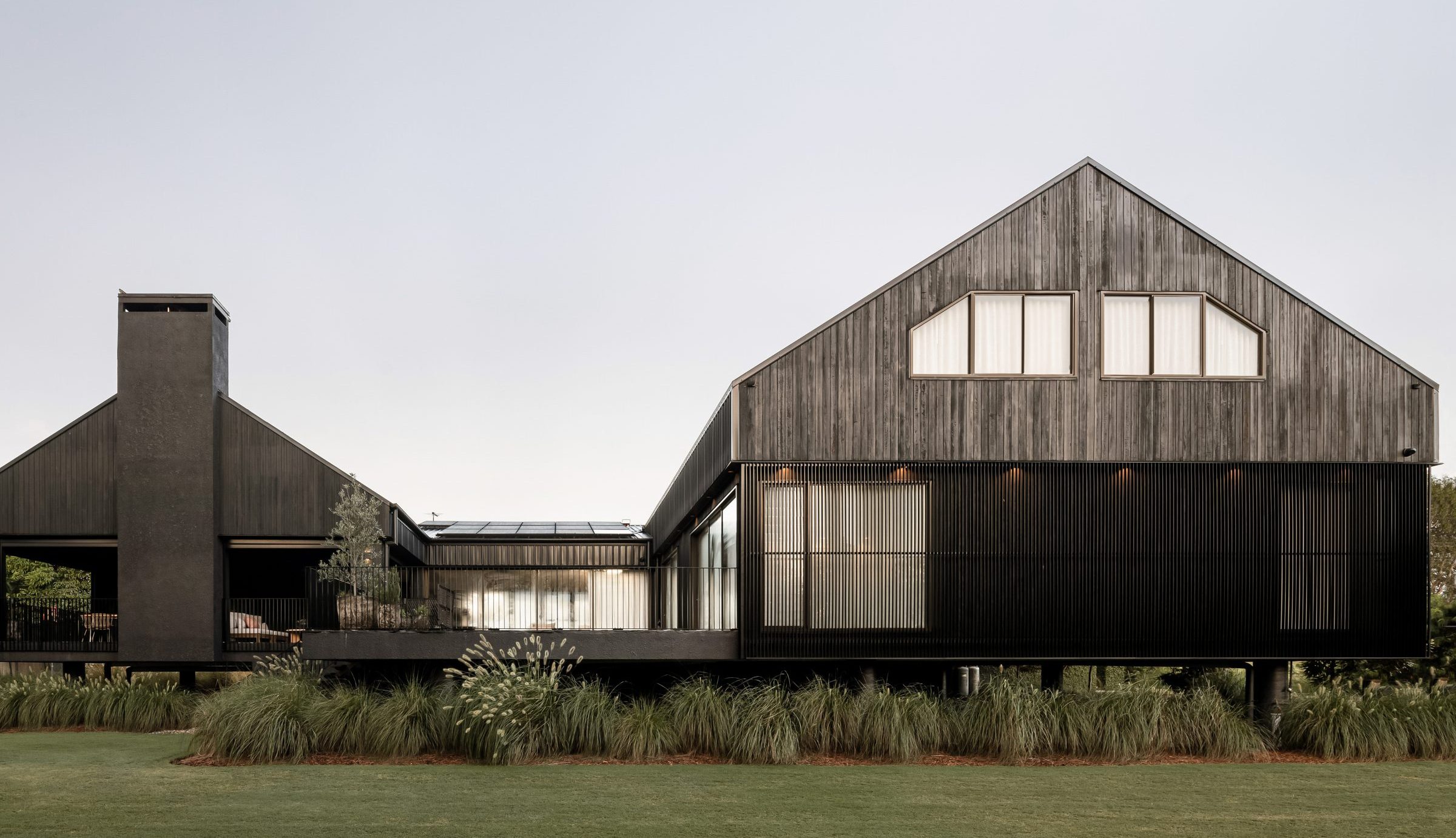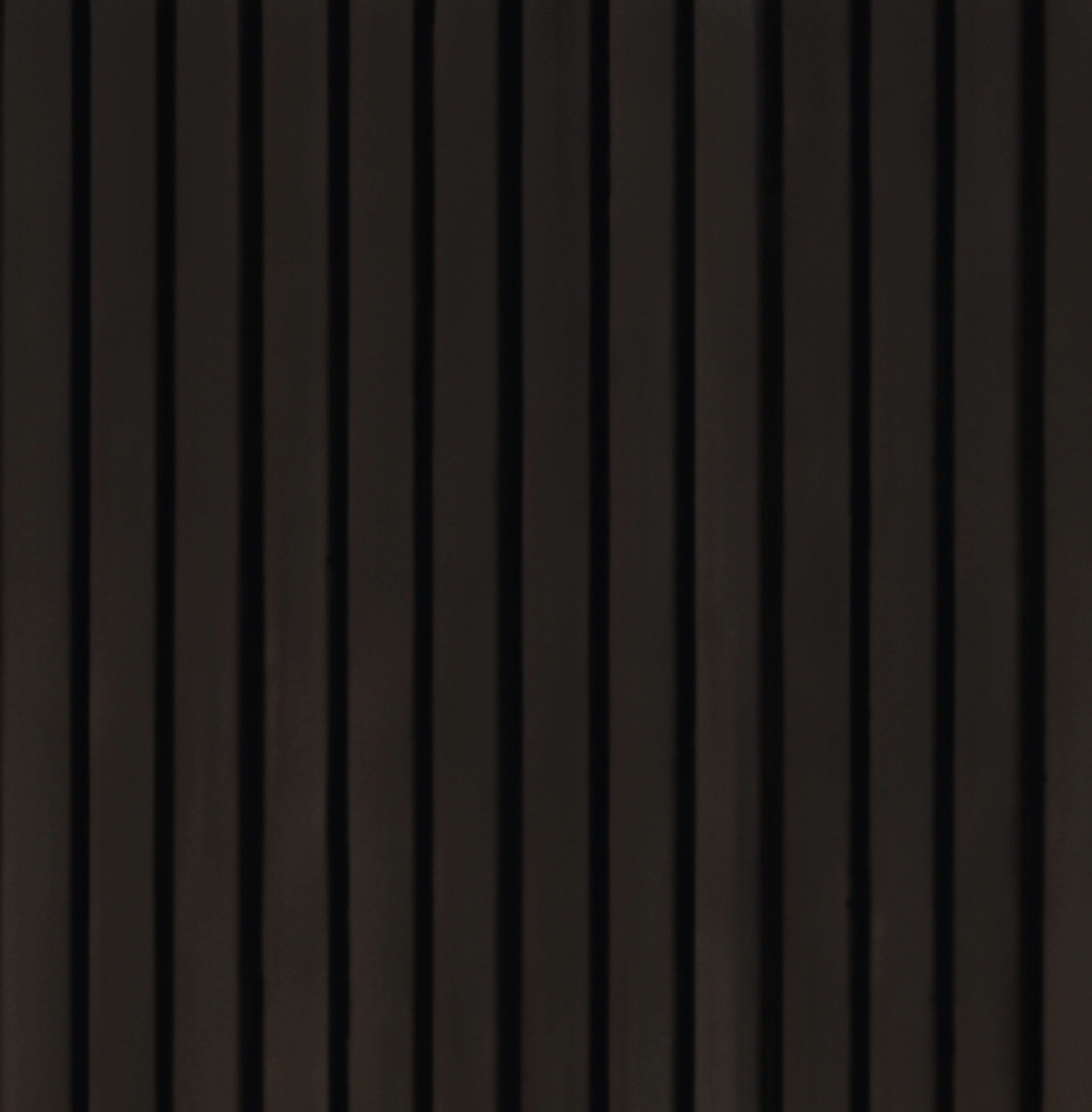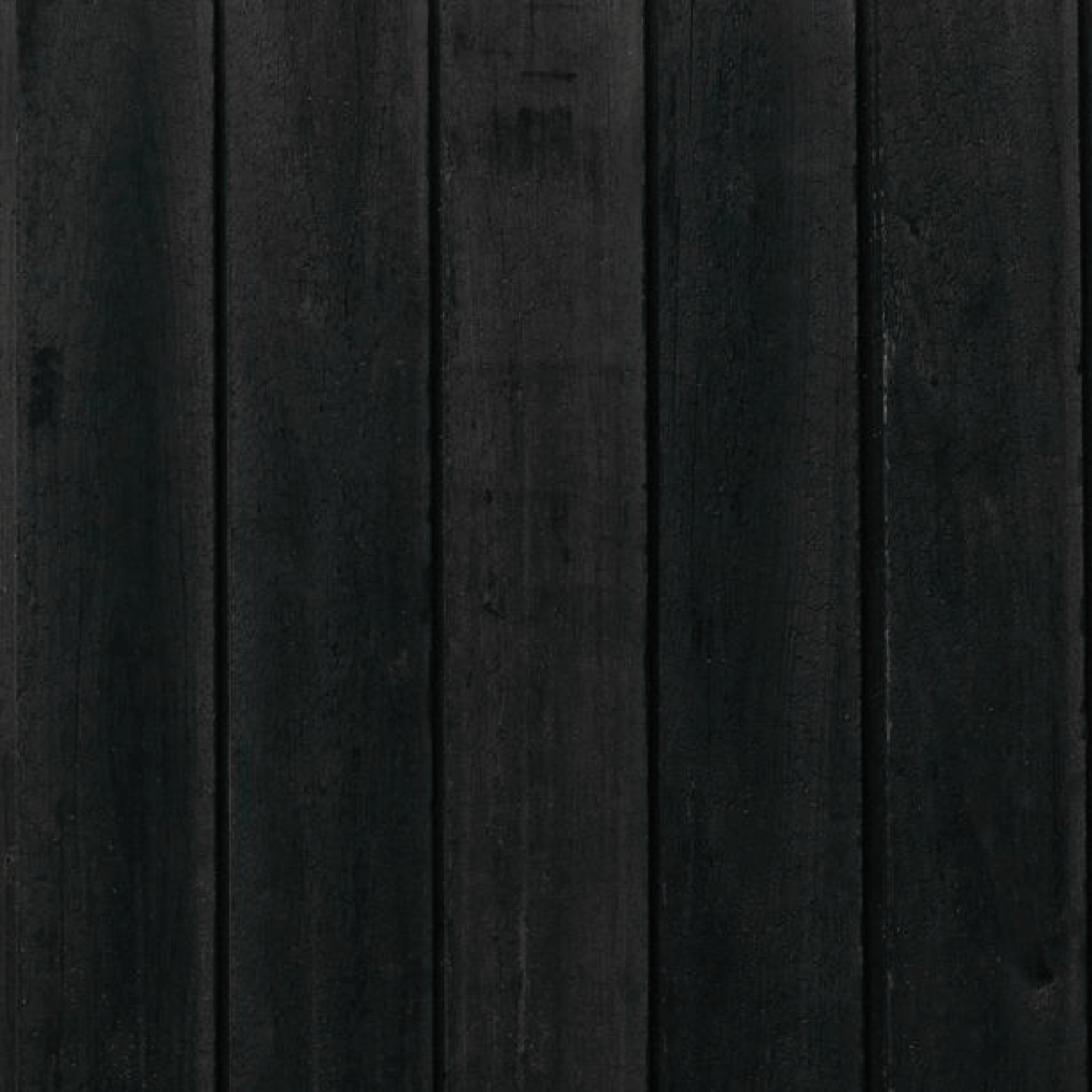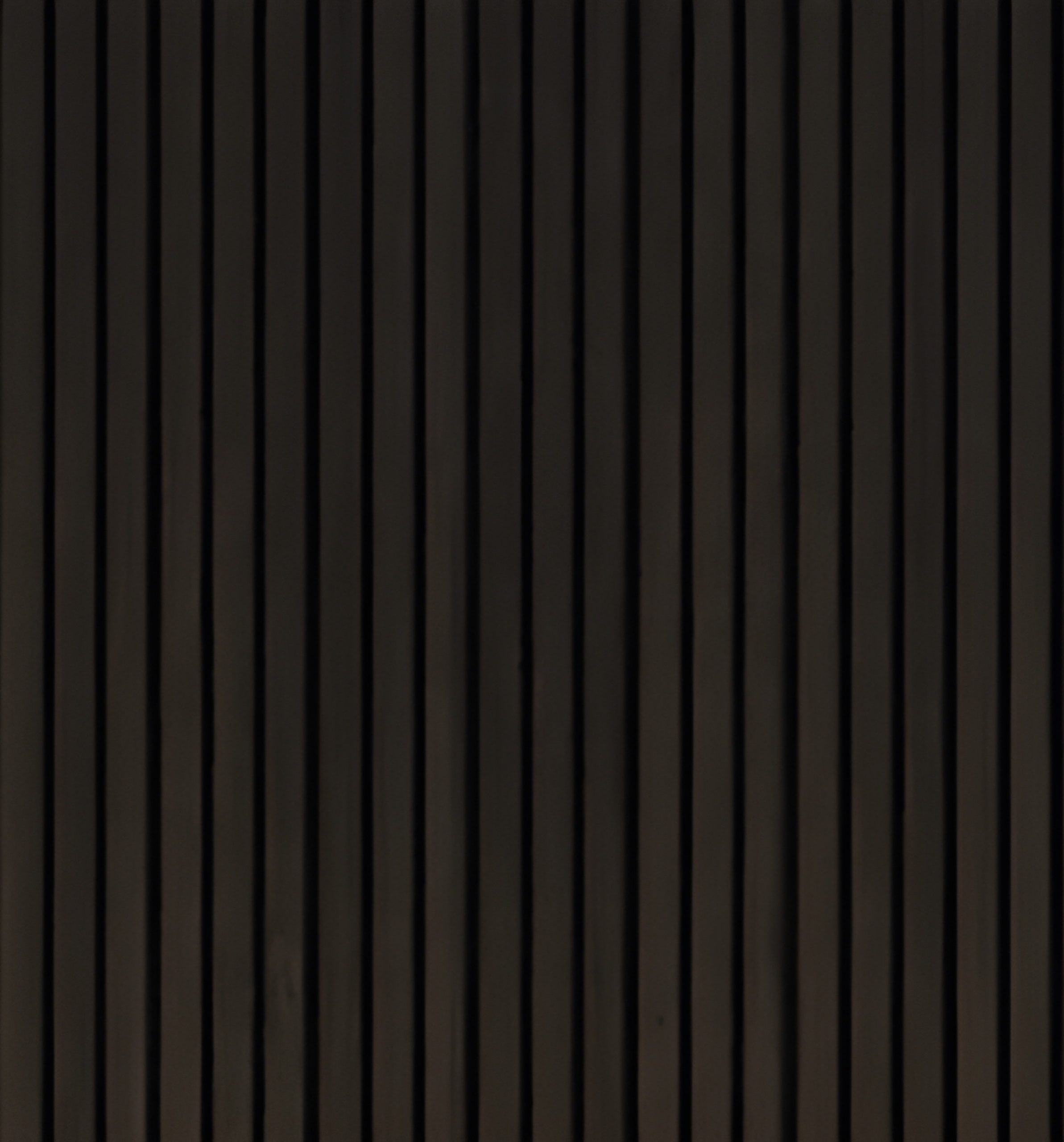
Charred Timber Cladding: The Complete Guide 2025
Charred cladding, also known as Shou sugi ban or yakisugi, is a traditional Japanese wood charring technique that allows for a rustic, burnt timber look through lightly torching the exterior of wooden planks. This creates a beautiful, burnt finish on the timber cladding which provides additional benefits other than pure aesthetics.
What are the benefits of Charred Timber Cladding?
How is charred timber made?
Our Popular Charred Timber Products

Newport Channel - Charred
The Newport Century Cladding system features proprietary corner stops and end trims – all manufactured from naturally-durable Australian hardwoods. The rough sawn face is perfect for applying timber stains, giving the project a natural look and textured feel.

Shiplap Charred Cladding
Our Shiplap boards are profiled to produce an overlap, which allows for a continuous cladding look and uninterrupted, clean lines. Shiplap charred timber lining boards can be used in both vertical and horizontal applications; including ceiling and wall lining panels.

Beachclad Channel Cladding
Designed to produce the effect of age-weathered or charred timber, BeachClad allows architects and designers to specify rustic, seasoned timber, resulting in yearned-after natural vogue effects. BeachClad offers distinctive styling and plenty of versatility.
Is charred timber water and fire resistant?
Does charred timber repel rot & insects?
Does charring wood make it stronger?
How long will it last?
How long will it last?
How do you finish Charred Timber Cladding?
Charred Timber at Modinex
Charred Timber FAQs
What is Japanese wood burning?
What is Shou Sugi Ban?
Is charred timber cladding expensive?
How long does charred wood/cladding last?
Does charred wood need to be sealed?
Article By Charlton Cooper
| 16 February 2025
Charlton Cooper
Head of Projects
Charlton is a seasoned advisor in construction and design, collaborating with builders, developers, and architects to deliver exceptional projects. With extensive experience as a head of projects, Charlton combines deep knowledge of natural timber, aluminium, and concrete to provide innovative and inspiring design solutions.












